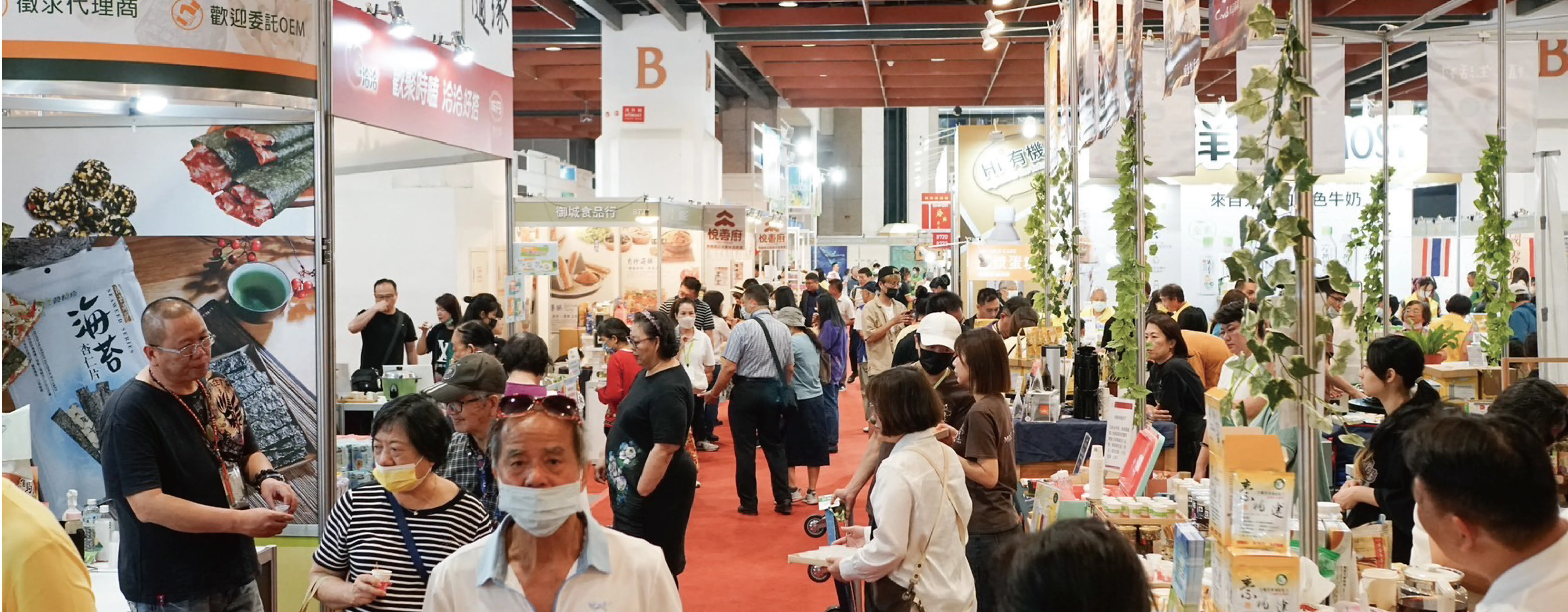


| 時代: | 西元1978年 |
| 出土地點: | 傳世品 |
| 尺寸: | 長度:137 cm 寬度:66.5 cm (未含外框) |
| 質地: | 水墨畫 |
| 數量: | 1 |
此件是張大千繪於1978年(民國67年)80歲時之作品,因有「可以橫絕峨眉巔」之印,故此幅應是張大千先生晚年回憶四川峨嵋山景之作。
This artwork was created by Zhang Daqian in 1978 at the age of 80 (in the 67th year of the Republic of China). With the seal impression "Can Cross Over the Summit of Emei," it is likely that this piece is a recollection of the scenery of Mount Emei in Sichuan during Zhang Daqian's later years.
畫面中央的山石先以水墨潑墨,遠景的山嵐則用毛筆沾水,直接刷出遠觀山嵐的迷濛感、層次感,第一層潑墨與山嵐之畫法,呈現出雨後山景的朦朧感,潑墨未乾前再用藍、綠彩墨傾倒至紙上,再用大型毛筆拖至暈散,以凸顯整幅畫作之層次感和立體感,顯示當代大師無極之功力,潑墨完後再以中鋒直筆勾勒出遠觀之山中樹木、岩石與村莊,再點綴工筆的人物,最後以淡橘紅色畫出雨後遠方山巒的色系,再用橘紅色點綴些許紅葉,筆觸的中鋒力道十足。
In the central part of the painting, the rocks and mountains were initially splashed with ink, while the distant misty mountains were brushed with a wet brush, creating a sense of fog and depth when viewed from a distance. The first layer of splashed ink and the technique used for the distant mountains capture the hazy atmosphere of post-rain mountain scenery. Before the splashed ink dried, blue and green colored ink was poured onto the paper and then diffused using a large brush to enhance the sense of layers and three-dimensionality across the entire painting. This demonstrates the mastery of Zhang Daqian in this artistic approach. Following the ink splashing, the distant trees, rocks, and villages were outlined with a direct and precise brushstroke, while detailed figures were added using meticulous brushwork. Lastly, a light orange-red color was applied to depict the colors of the distant mountains after the rain, with touches of orange-red adding hints of red leaves, creating strong brushstrokes.
此幅空間布局錯落有致,結合中國山水畫與寫實技法,如實描繪雨後峨嵋山的景致,為張大千晚年時回憶四川峨嵋山雨後景色所作。水墨陰陽分明,是為大千先生晚年時的畫風。
The spatial arrangement of the painting is intricately laid out, combining Chinese landscape painting with realistic techniques to accurately depict the scene of Mount Emei after a rain. This piece captures Zhang Daqian's memories of the post-rain scenery of Mount Emei in Sichuan during his later years. The ink and color contrast is distinct in this piece, representing Zhang Daqian's artistic style in his later years.
此件右上角題有「山邨春雨,六十七年之夏,摩耶精舍八十叟爰翁」,是大千先生晚年時的標準字跡,畫紙本身無做舊之痕跡,印泥為標準礦物朱砂成分,是大千先生愛用之老朱砂印泥之一,其印章款為標準張大千老年時期常用印章款,為「張爰私印」、「大千」、「摩耶精舍」、「大風堂」與「可以橫絕峨眉巔」之印,簽名落款也是大千先生標準老年時期之正確簽名款之一。
In the upper right corner of the artwork, there is an inscription that reads "Spring rain in the mountain village, Summer of the 67th year, Dedicated to the Eighty Elderly Scholars of Moya Monastery." This inscription showcases Zhang Daqian's standard calligraphy style during his later years. The paper itself does not show signs of artificial aging. The seal paste used is made of standard mineral cinnabar, one of Zhang Daqian's preferred seal paste formulas. The seals include standard seal impressions commonly used by Zhang Daqian during his later years, including "Zhang Yuan's Private Seal," "Zhang Daqian," "Moya Monastery," "Dafengtang," and "Can Cross Over the Summit of Emei." The signature and seal impressions reflect Zhang Daqian's standard calligraphy and seal styles during his later years.





